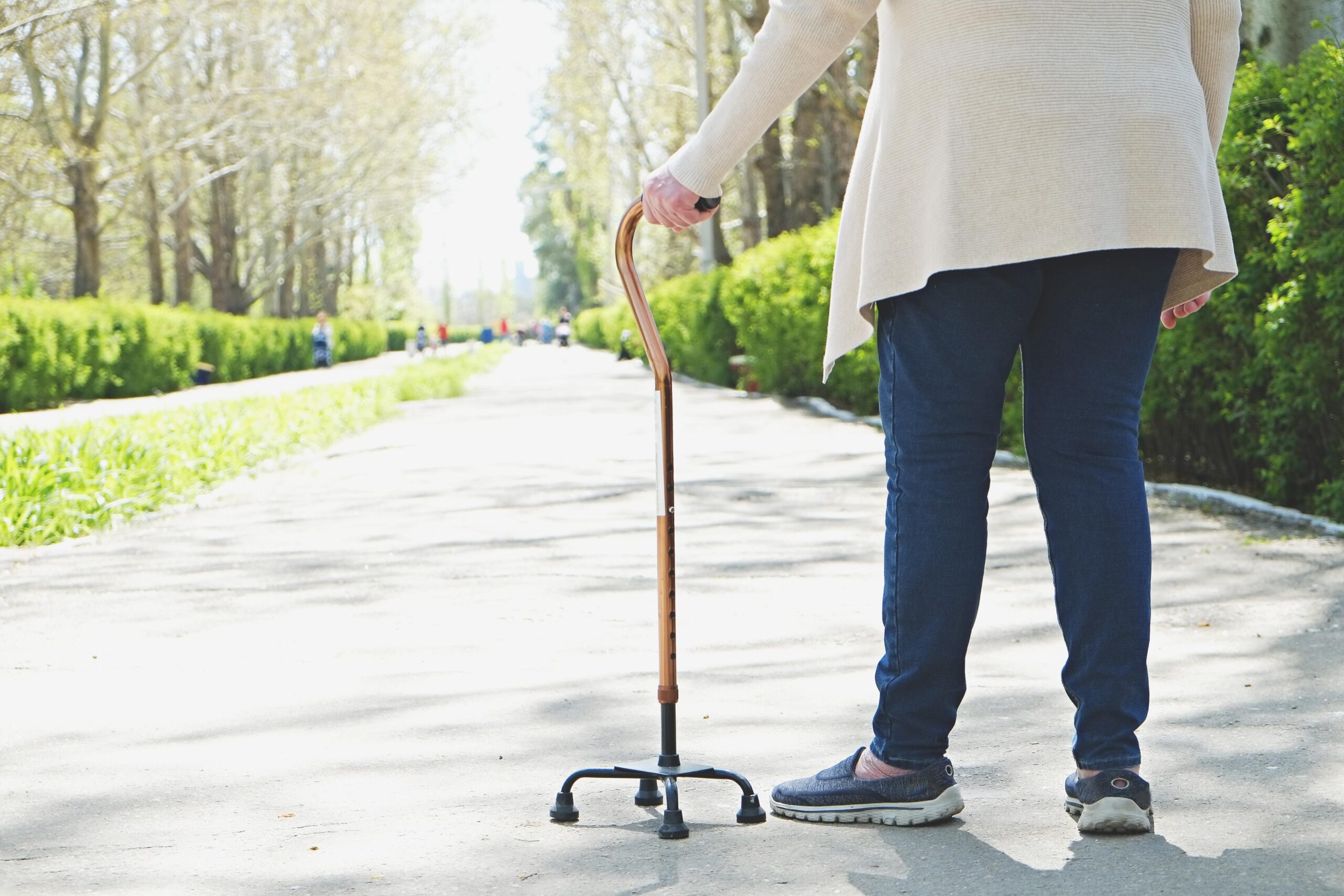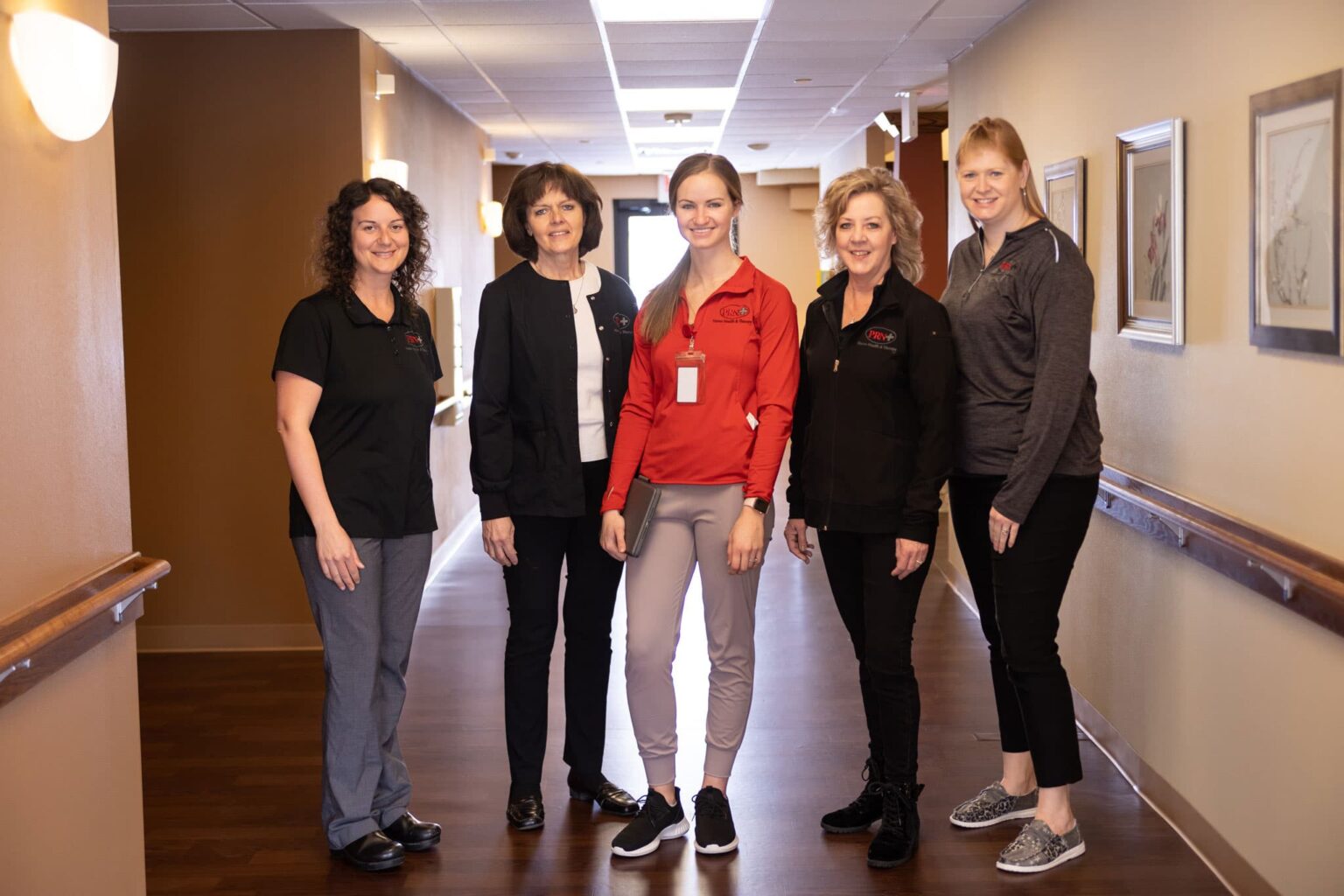What is Parkinson’s Disease?
Parkinson’s disease (PD) is a progressive movement disorder of the nervous system. This disease targets dopamine-producing nerve cells in the area of the brain called the substantia nigra, leading to a decrease in dopamine production. As nerve cells become damaged or die, difficulties with movement become noticeable.
Common Symptoms
Symptoms typically develop gradually over a period of years. Because of the diversity of the disease, symptoms often differ from person to person. PD symptoms can be separated into motor and non-motor categories. As implied, motor symptoms affect movement, while non-motor symptoms do not.
Examples of motor symptoms include:
- Tremor
- Stiffness in limbs
- Slowness
- Balance impairments
- Shuffling gait
- Expressionless face
Examples of non-motor symptoms include:
- Mood disorders
- Cognitive disorders
- Sleep disorders
- Blood pressure variability
- Constipation
- Urinary frequency
- Pain syndromes
Oftentimes motor symptoms are noticed first, especially resting tremors in one hand and/or stiffness in limbs. Research indicates, however, that non-motor symptoms typically come before motor symptoms, often by years. The most common non-motor symptoms to appear early are loss of smell, constipation, REM sleep behavior disorder, and depression.
Occupational Therapy for Parkinson’s Disease
What is Occupational Therapy?
Occupational therapy is a holistic, client-centered health profession that promotes health and well-being using occupations. Occupations refer to the activities of everyday life that people participate in individually, and within their families and communities, which occupy their time as well as bring meaning and purpose to their life.
Benefits of Occupational Therapy for Parkinson’s Disease Patients

Occupational therapy can help people with PD participate in everyday activities as safely and independently as possible. When diseases such as PD affect daily activities, occupational therapists can break down how a task is being performed to better understand why and where it is challenging for a patient. Then work with the person to problem solve solutions for making the task easier and safer to perform. Treatment is personalized to each patient because it will vary depending on the task and the specific symptoms being experienced. Solutions could include improving hand-eye coordination or grip strength, completing tasks in a different position, or use of assistive devices.
Occupational therapy can help people with PD participate in everyday activities as safely and independently as possible. When diseases such as PD affect daily activities, occupational therapists can break down how a task is being performed to better understand why and where it is challenging for a patient. Then work with the person to problem solve solutions for making the task easier and safer to perform. Treatment is personalized to each patient because it will vary depending on the task and the specific symptoms being experienced. Solutions could include improving hand-eye coordination or grip strength, completing tasks in a different position, or use of assistive devices.
There are several specialty services that occupational therapists can provide as PD progresses. An occupational therapist can perform a home safety visit, during which recommendations would be provided for modifications and adaptations that optimize safety in the home. For example, as the disease progresses, trouble with balance leading may lead to falls. This becomes a concern, so modifying stairs with ramps or lifts, or adding grab bars in appropriate places may be recommended. An occupational therapist may also be certified in driver rehabilitation, in which basic skills, and simulated or on-road evaluations are used to determine if someone can safely drive. If a wheelchair becomes a necessity, an occupational therapist may determine the type and fit and then help someone acquire a new chair. Occupational therapists can also recommend assistive technology like voice amplifiers, use of speech to text converters, and smart home devices.
How PRN Home Health & Therapy’s Team Can Help

Some of our occupational therapists or physical therapists here in Wisconsin have specialized certifications to work with people with PD called LSVT BIG. LSVT BIG trains people with PD to use their body more normally. People living with PD often move smaller and slower as the disease progresses and may have trouble getting about, dressing, and with other daily activities. LSVT BIG is a research-backed, successful treatment program to help improve movements for any activity, from buttoning a shirt to maintaining balance during walking. This program is very customized, making it a good fit for someone with PD regardless of the stage or severity. Since the treatment is geared at both improving function and slowing progression, treatment during early and middle stages of PD is ideal. It is never too late to start the LSVT BIG program and realize the benefits of this unique, intensive program.
Similarly, our speech therapists have a certification in LSVT LOUD. LSVT LOUD trains people with PD to use their voice at a more normal volume while speaking. Like LSVT BIG, the key to this treatment is helping people “recalibrate” their perceptions so they can feel comfortable using a stronger, louder voice. Developed before LSVT BIG, LSVT LOUD is now considered the “gold standard” for speech treatment in people with PD. Extensive research has documented improvements in both volume and variation in pitch while speaking. Other improvements may include better articulation, changes in swallowing, and improved facial expressions while speaking. LSVT BIG and LOUD can be completed separately or concurrently as schedules allow.
For more information on how our therapy team can help you or your loved one, contact us to get the conversation started.
Sources
https://www.apdaparkinson.org/
https://www.hopkinsmedicine.org/health/conditions-and-diseases/parkinsons-disease
https://www.lsvtglobal.com/LSVTLoud
https://www.lsvtglobal.com/LSVTBig
https://www.mayoclinic.org/diseases-conditions/parkinsons-disease/symptoms-causes/syc-20376055
https://www.michaeljfox.org/news/ask-md-occupational-therapy-and-parkinsons
https://www.nia.nih.gov/health/parkinsons-disease
https://www.parkinson.org/understanding-parkinsons/what-is-parkinsons
